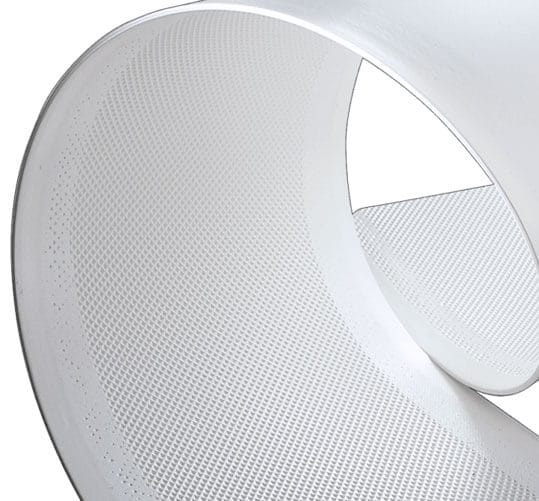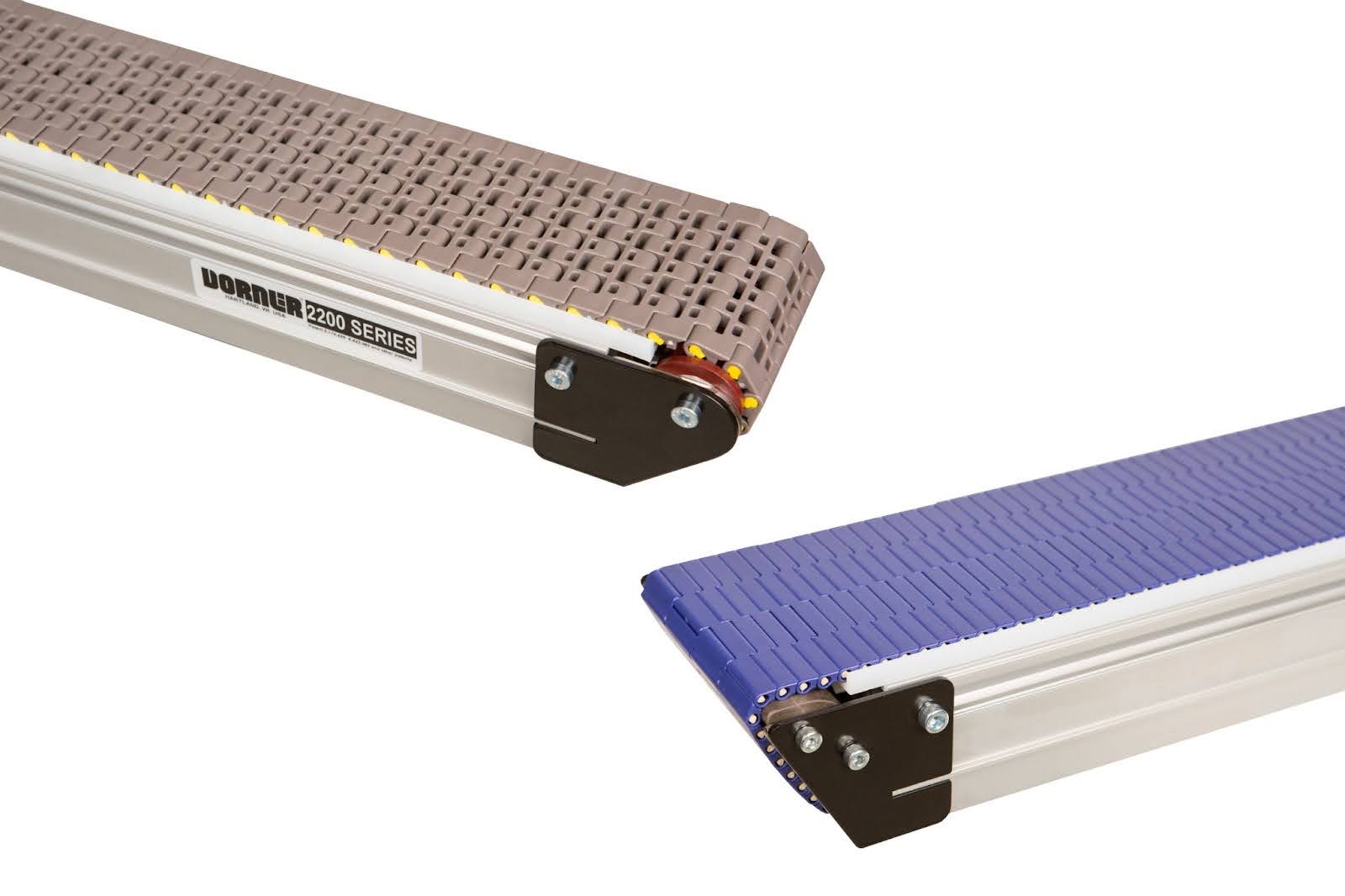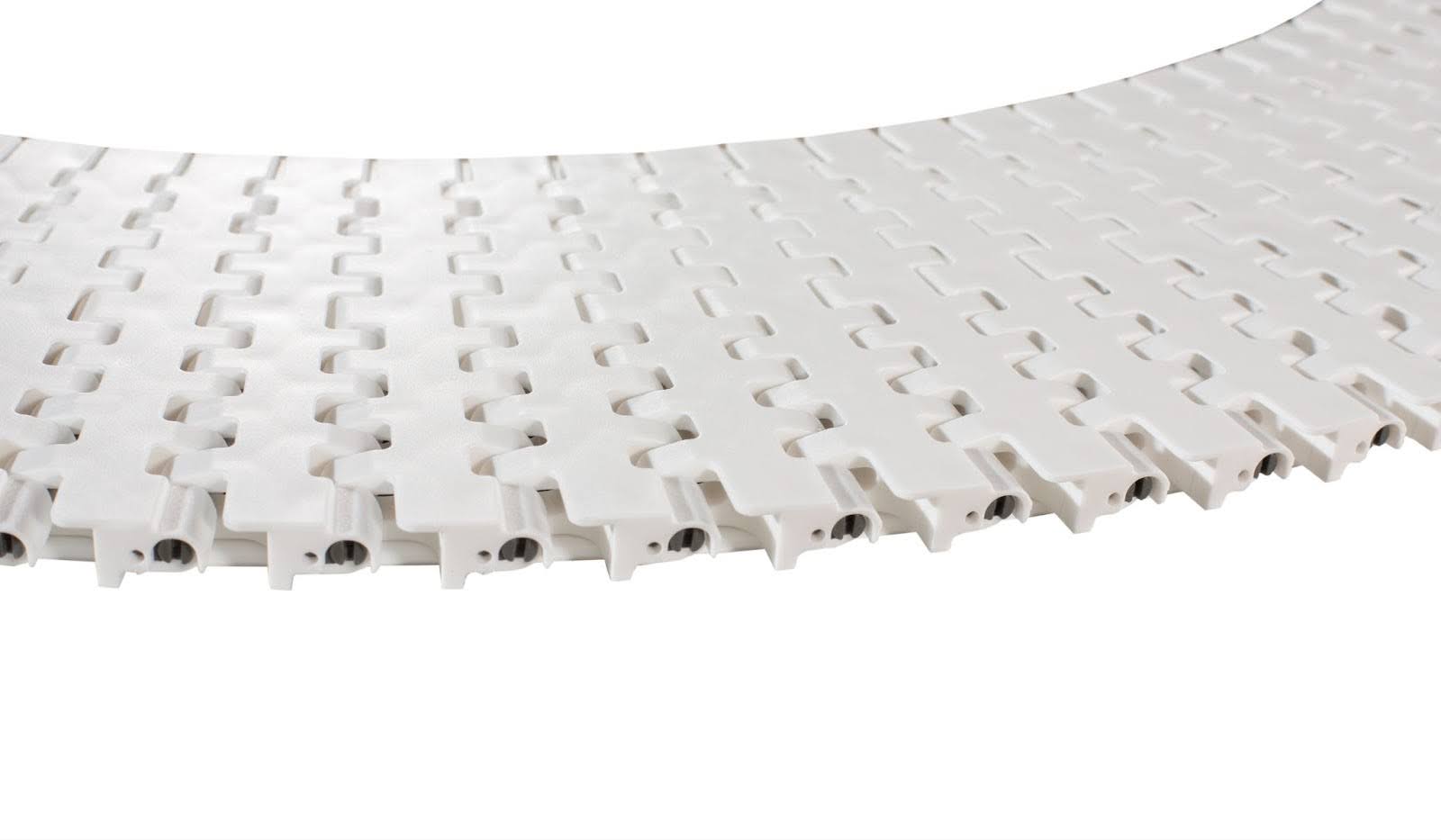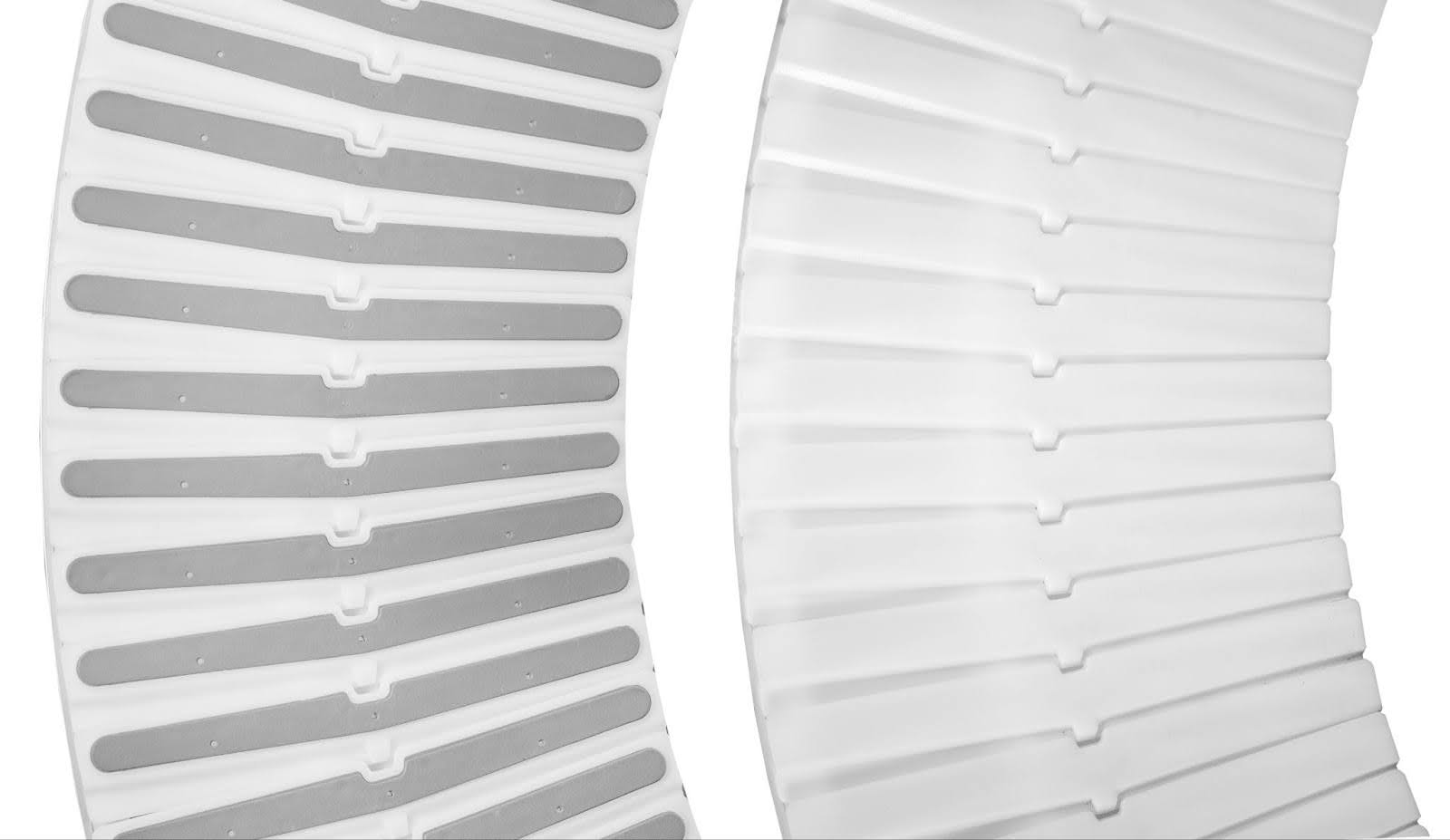Whether it is moving pharmaceutical drugs for bottle filling or delivering fresh globs of cookie dough from prep area to oven, when you see a conveyor belt in action, this work appears almost effortless—magical, even. This brings up the question: How do conveyor belts work? What factors are considered in conveyor belt construction?
First, it’s important to consider that not all conveyor systems have belts. Roller conveyors are commonly used to accumulate items, while belt conveyors are designed to move items of varying size, such as parts or finished products.
Fundamentally, though, conveyor systems run similarly whether rolled, wheeled, or belted. They are generally motor-powered, positioned on a solid frame, and run in a loop to move items from point A to point B. Configuration, such as the frame shape or drive placement, is another aspect of conveyor belt construction.
A conveyor system’s specifications determine its capabilities, such as load capacity and flow rate. For example, the speed of a conveyor system ultimately defines speed capacities. Conveyor belts are rated by per minute, while roller conveyors are measured by linear velocity. This speed, regardless of how it is measured, is what gives conveyors such an advantage over manuallabor.













